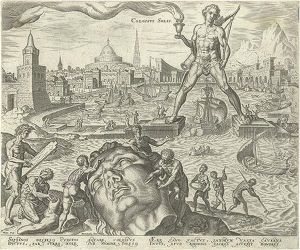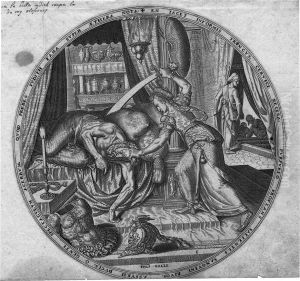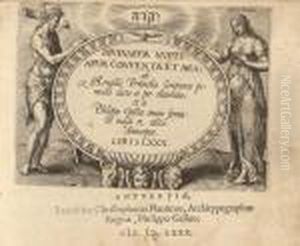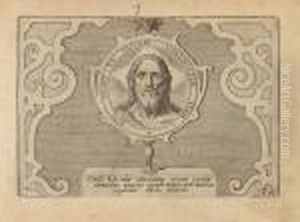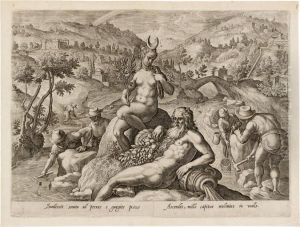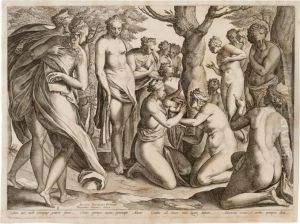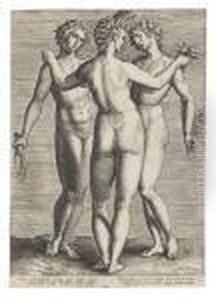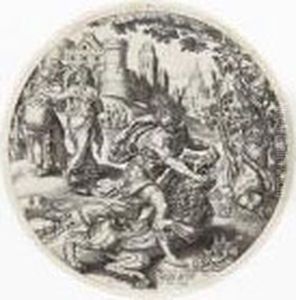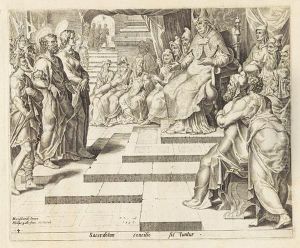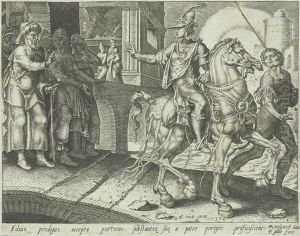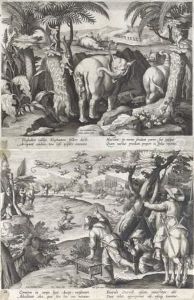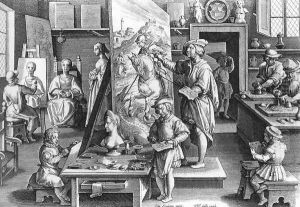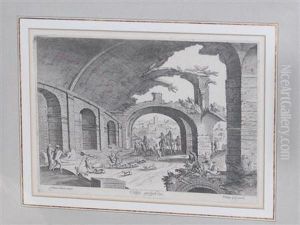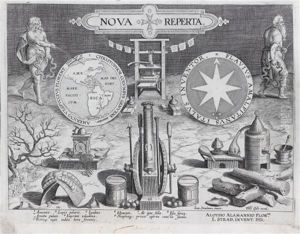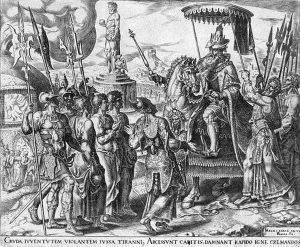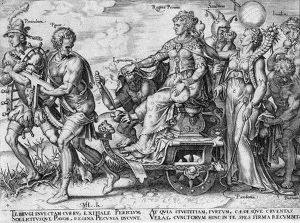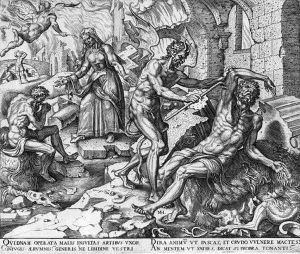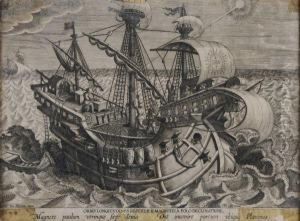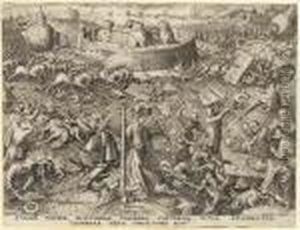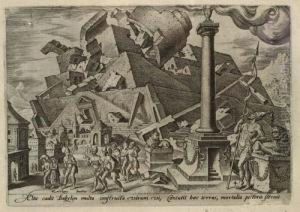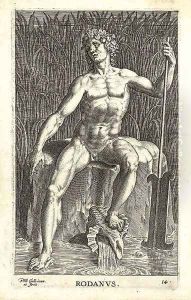Philip Galle Paintings
Philip Galle was a prolific printmaker and publisher from the Southern Netherlands, known for his significant contribution to the spread of Northern Renaissance art across Europe. Born in Haarlem in 1537, Galle’s artistic journey began with an apprenticeship under the Haarlem-based engraver Dirck Volckertszoon Coornhert, who himself was a student of the esteemed Renaissance artist Maarten van Heemskerck.
Galle's career took a pivotal turn when he moved to Antwerp, one of the most important cultural centers of the time. There, he became immersed in the vibrant artistic community and worked closely with the esteemed painter and cartographer Abraham Ortelius. His collaboration with Ortelius on the latter's 'Theatrum Orbis Terrarum', a collection of maps, was one of the many highlights of his career.
Throughout his life, Galle produced engravings after the works of notable artists such as Pieter Bruegel the Elder, and he was instrumental in bringing Bruegel’s work to a wider audience posthumously. His engravings were not only artistic reproductions but also served as a means for art to be disseminated beyond the wealthy elite, allowing a broader public to access the imagery and themes of the Renaissance.
In addition to his work as an engraver, Galle established his own publishing house, which became a family business and continued to flourish under his son Theodoor Galle and other descendants. Through his publishing house, Galle issued numerous prints by various artists, further contributing to the spread of the artistic ideas of the time.
Philip Galle’s contribution to the arts also extended to his role as a mentor, teaching the art of engraving to the next generation of printmakers. He passed away in Antwerp in 1612, leaving behind a legacy deeply embedded in the history of European printmaking. His works continue to be studied and admired for their intricate detail and historical significance.
